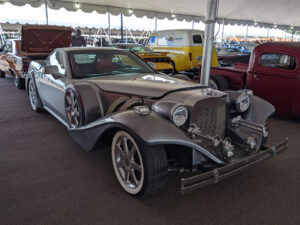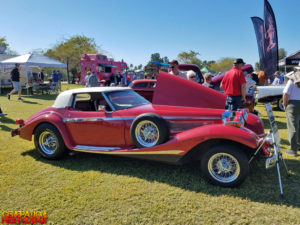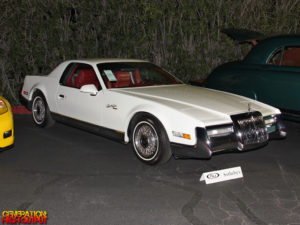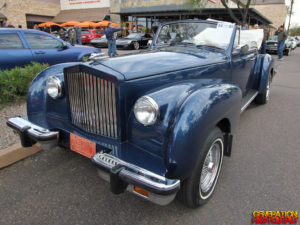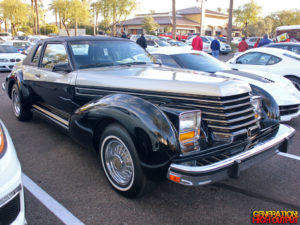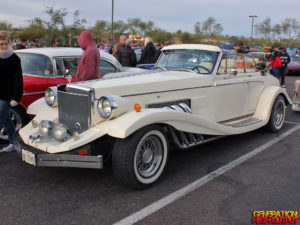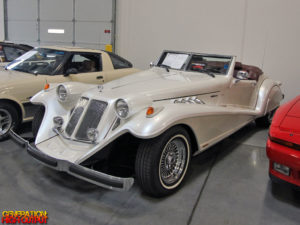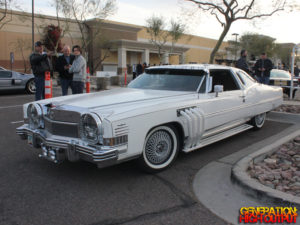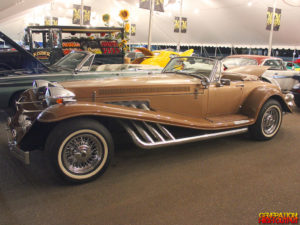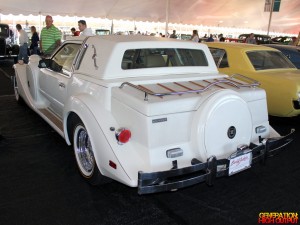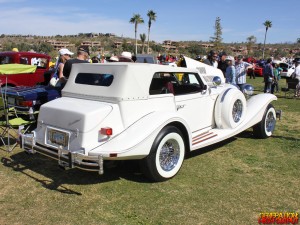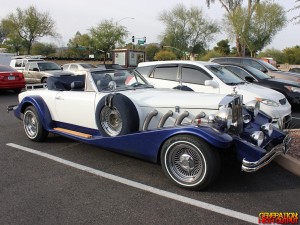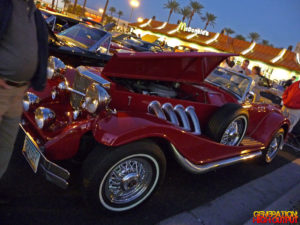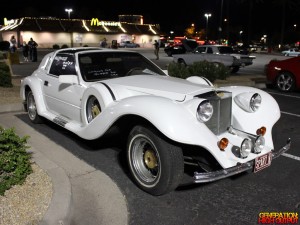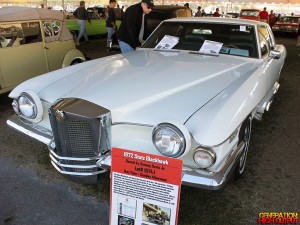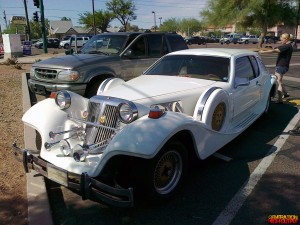A neoclassic car is a type of vehicle which combines pre-war styling with the reliability of a modern chassis and powertrain. These specialty or niche vehicles are built in low volumes by a coachbuilder, using a chassis and engine from a donor car such as Ford or Chevrolet, though there are exceptions (Spartan II). Neoclassic cars offer vintage styling with a low cost of ownership and maintenance, owing to their use of mass-produced powertrain parts. They are aimed at collectors and enthusiasts, and seem particularly popular with retirees in sun belt states such as Arizona and Florida.
Neoclassic autos borrow heavily from the designs of pre-war automobiles such as the 1934-36 Mercedes-Benz 500K Roadster, the Cord 810/812, and the Duesenberg Model J family of cars. The key design elements that most neoclassic cars have are: round headlights, a waterfall radiator grille, elongated running boards, and wire wheels with whitewall tires. They sweeping front fenders often include simulated or functional supercharger/exhaust pipes, and may occasionally incorporate real or simulated spare wheels, though not always. The cars are usually adorned with lots of chrome trim and accents.
Neoclassics vary widely in cost and in quality of construction. While companies such as Excalibur and Zimmer have produced cars in the hundreds or even low thousands, others have produced as little as a dozen cars before going out of business. As a result, finding replacement body and trim pieces may be difficult (if not impossible) for some of these cars.
View our coverage of neoclassic cars.

